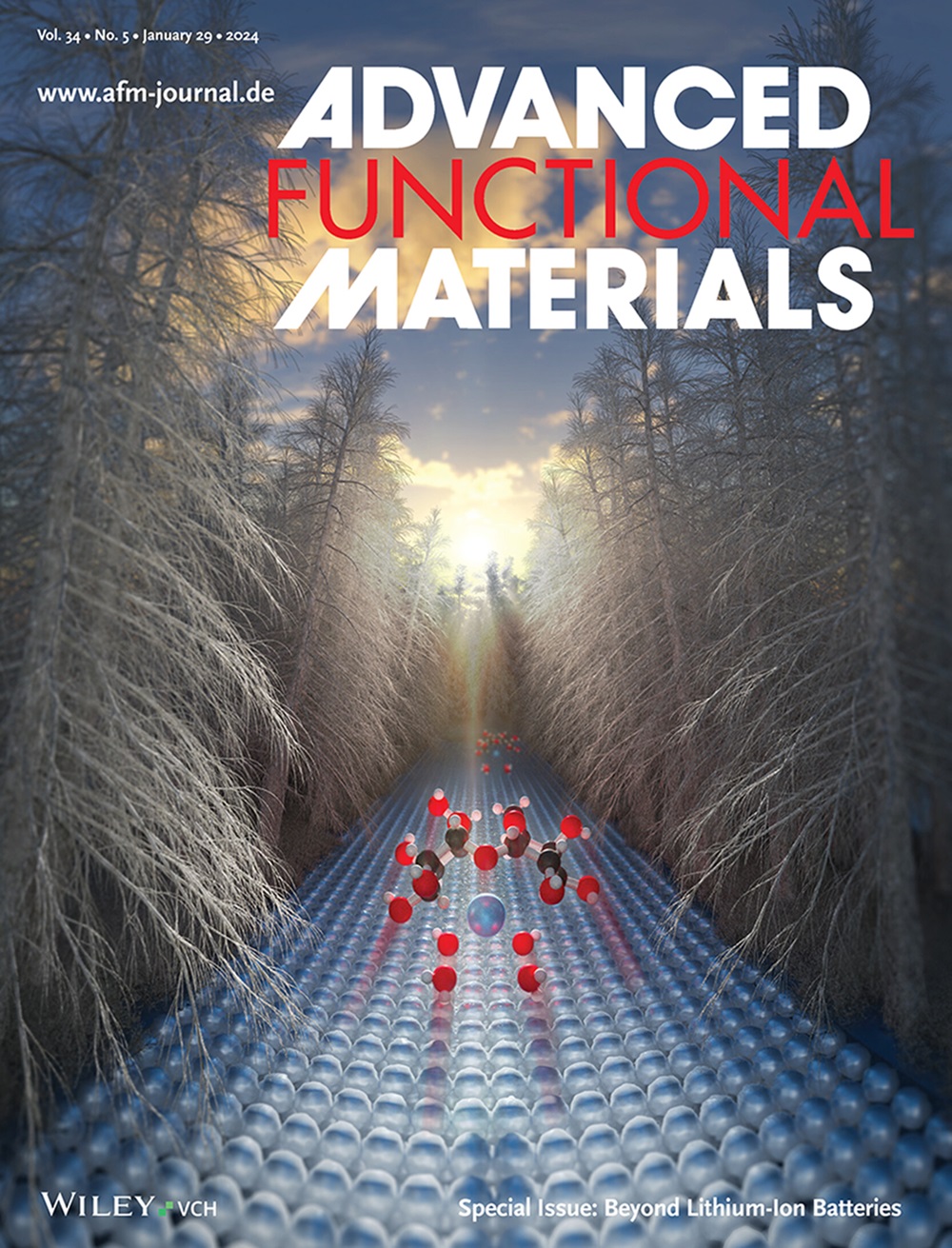Defects in Discrete Nanocrystals of Thin‐Shelled Amorphous Carbon Induced Dipole Polarization for Boosting Broadband Response
IF 19
1区 材料科学
Q1 CHEMISTRY, MULTIDISCIPLINARY
引用次数: 0
Abstract
Discrete nanocrystals, curvature, and core‐shell structures synergistically trigger intense polarization for amorphous carbon to achieve broadband microwave absorption. However, the distinguishable effects of the defects in amorphous carbon on microwave dissipation remain challenging, and the identification of critical factors for enhancing dipole polarization requires further clarification. Herein, collective engineering of defects and concavities in thin‐shelled hollow amorphous carbon with discrete graphite nanocrystals is proposed to identify the effective pathways of dielectric loss for broadband response and strong microwave absorption. The appropriate conductive net and charge imbalance is the primary essential factor to enhance dielectric loss capacity; then defects in thin‐shelled amorphous carbon, induced intense dipole polarization, are more critical to achieve broadband response than concavity and geometry effect. As a result, the thin‐shelled hollow amorphous carbon with more defects demonstrates a more remarkable broadband response capability with an effective absorption bandwidth (reflection loss, RL≤ −10 dB) of 8.08 GHz and efficient dissipation of −80.70 dB. This work not only provides carbon microwave absorbing materials with broadband response, meanwhile strong microwave absorption but also proposes critical insights into the polarization loss mechanisms associated with defects in amorphous carbon.薄壳非晶碳的离散纳米晶体缺陷诱导偶极极化以提高宽带响应
离散的纳米晶体、曲率和核壳结构协同触发非晶碳的强烈极化,以实现宽带微波吸收。然而,非晶碳中缺陷对微波耗散的影响仍然具有挑战性,并且对增强偶极极化的关键因素的识别需要进一步澄清。本文提出了用离散石墨纳米晶体对薄壳空心非晶碳中的缺陷和凹陷进行集体工程,以确定宽带响应和强微波吸收的介质损耗的有效途径。适当的导电网和电荷不平衡是提高介质损耗能力的首要必要因素;因此,在薄壳非晶碳中,引起强烈偶极极化的缺陷比凹凸效应和几何效应对实现宽带响应更为关键。结果表明,缺陷较多的薄壳空心非晶碳具有较好的宽带响应能力,有效吸收带宽(反射损耗,RL≤- 10 dB)为8.08 GHz,有效耗散为- 80.70 dB。这项工作不仅提供了具有宽带响应和强微波吸收的碳吸波材料,而且对非晶碳中缺陷的极化损失机制提出了重要见解。
本文章由计算机程序翻译,如有差异,请以英文原文为准。
求助全文
约1分钟内获得全文
求助全文
来源期刊

Advanced Functional Materials
工程技术-材料科学:综合
CiteScore
29.50
自引率
4.20%
发文量
2086
审稿时长
2.1 months
期刊介绍:
Firmly established as a top-tier materials science journal, Advanced Functional Materials reports breakthrough research in all aspects of materials science, including nanotechnology, chemistry, physics, and biology every week.
Advanced Functional Materials is known for its rapid and fair peer review, quality content, and high impact, making it the first choice of the international materials science community.
 求助内容:
求助内容: 应助结果提醒方式:
应助结果提醒方式:


